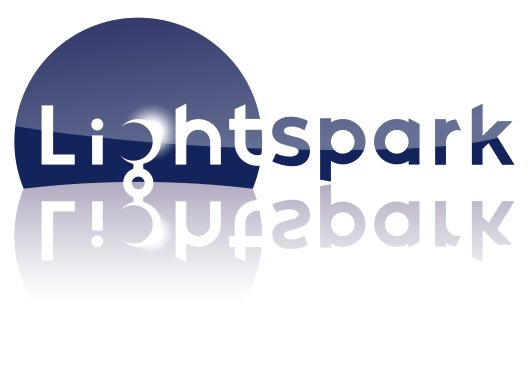
The decision of adobe and google to allow Flash player only on google chrome browser via the “Pepper” API flash plugin, pose a real problem to users of Firefox, opera and other small browsers. Hopefully, there are a good alternative to adobe flash player plugin that works like a charm, one of those is
Lightspark, an LGPLv3 licensed Flash player and browser plugin written in C++/C that runs on Linux. Lightspark support Adobe’s newer Flash formats and AVM2 virtual machine.
It stands out as one of the best free flash players available for Linux with its robust suite of features. It provides hardware accelerated rendering with OpenGL Shaders. Plus, it compiles current-generation ActionScript 3 to x86 bytecode Just-In-Time with LLVM.
The best part? It comes with a new and clean codebase that takes advantage of new hardware that’s capable of multithreading. The tool was designed from scratch when the Flash documentation was officially released.
Installation of Lightspark on Ubuntu/ LinuxMint/ Fedora
– Lightspark on Ubuntu and LinuxMint
Lightspark is available in Ubuntu and LinuxMint repository and can be installed using the command:
sudo apt-get install lightspark browser-plugin-lightspark
If yo want to install to use the latest version of lightspark, use the following PPA for Ubuntu 11.10 and 12.04:
sudo add-apt-repository ppa:sparkers/daily sudo apt-get update sudo apt-get install lightspark browser-plugin-lightspar
– Lightspark on Fedora:
lightspark is available in RPM Fusion for Fedora 13 and above, to install :
– Standalone player :
su -c ‘yum install lightspark –enablerepo=rpmfusion-free-updates-testing’
– Mozilla plugin :
su -c 'yum install lightspark-mozilla-plugin --enablerepo=rpmfusion-free-updates-testing'
And is done.
You can now use the “lightspark” command followed by the name of a .swf file to run the Flash file on your machine. You can also use these keyboard shortcuts:
| Keyboard Shortcut | Description |
| Ctrl+P | Displays profiling data |
| Ctrl+F | Toggles between fullscreen and windowed views |
| Ctrl+S | Create a screenshot and save it as a BMP file in the temp folder |
| Ctrl+M | Mute/unmute |
| Ctrl+C | Copies the error report when Lightspark fails |
Lightspark Browser Plugin
Since most browsers no longer support Flash, you cannot run any Flash plugins like Lightspark on them. Firefox and Chromium will not run Flash.
However, some lesser-known open-source browsers allow you to run Flash.
Installing Lightspark Browser Plugin on Windows
If you’re on Windows, a good choice of browser to use Lightspark with is Pale Moon.
After downloading the Pale Moon browser from the official site and installing it, you will need to download Lightspark on your machine from the official GitHub page.
Navigate to the “Lightspark” folder in your program files. Make sure you go to the “Program Files (x86)” if you’re using a x86 machine.
Copy the “nplightsparkplugin.dll” and “libspark.dll” files from the folder. Next, find Pale Moon’s Profile folder by navigating to “about:profiles.” Create a new folder called “plugins” inside this folder, and paste the files you copied.
You can now use the Lightspark plugin on the Pale Moon browser.
Installing Lightspark Browser Plugin on Linux
Most Linux distros include the Lightspark plugin in their repositories (except distros based on Debian and Ubuntu).
You will need to install Pale Moon on your distro and follow the same process as on Windows to install the Lightspark plugin on the browser. You can also choose to use Lightspark with other browsers like Otter, Waterfox, and Falkon. However, the steps to installing the plugin will be different.
If you’re on Arch Linux, you can install these browsers and the Lightspark plugin from the AUR package. Bear in mind that you will need to enable the Pepper plugin API on the Falkon browser to use Lightspark with it.
Via lffl & Lightspark





